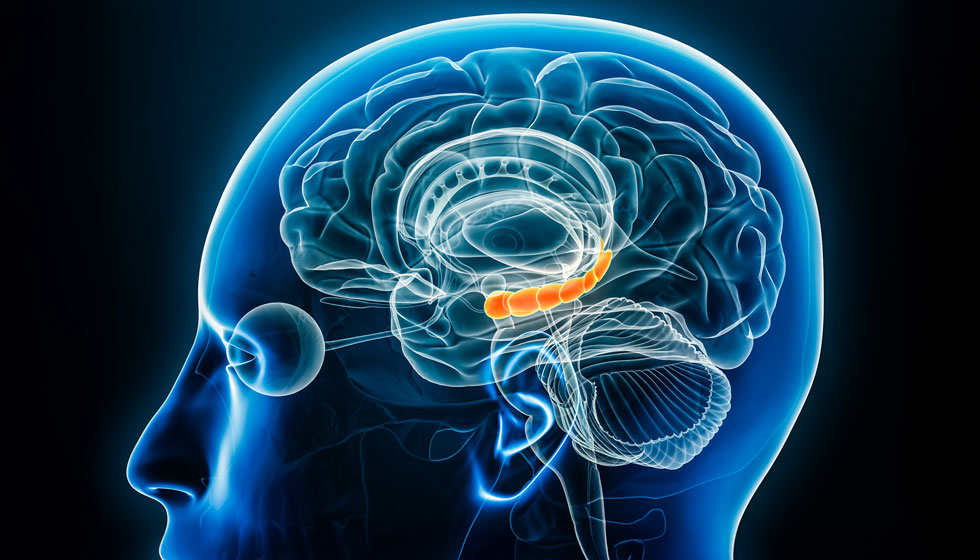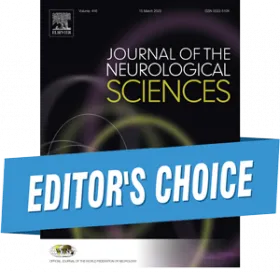Hippocampal sclerosis in senile dementia of the neurofibrillary tangle type
14 Mar 2025

Authors: Nao Tahara, Daisuke Tahara, Akio Akagi, Yuichi Riku, Jun Sone, Hiroaki Miyahara, Atsushi Nagai, Mari Yoshida, Yasushi Iwasaki
Editor's Choice
Journal of the Neurological Sciences. REVIEW ARTICLE| VOLUME 471, 123437, April 15, 2025
DOI: https://doi.org/10.1016/j.jns.2025.123437
Highlights
- Hippocampal sclerosis causes dementia in aged individuals.
- The authors assessed the relationship between hippocampal sclerosis and SD-NFT.
- Patients with HS had more ghost tangles in CA1 hippocampus than those without HS.
- In SD-NFT, HS appears to be associated with NFTs, and NFT deposition contributes to cognitive impairment.
A study examining senile dementia of the neurofibrillary tangle type (SD-NFT) investigated its relationship with hippocampal sclerosis (HS) in elderly individuals. Researchers conducted a clinical and neuropathological review of nine Japanese patients diagnosed with SD-NFT, using various staining methods and immunohistochemistry to assess HS, neuritic plaques, phosphorylated TDP-43 (p-TDP-43) inclusions, and the densities of neurofibrillary tangles (NFTs) and ghost tangles (GTs) in the hippocampal CA1 region.
Findings showed that three of the nine patients exhibited HS, and NFT/GT densities were significantly higher in these cases than in those without HS. However, no significant correlation was observed between HS and p-TDP-43 inclusions in the medial temporal lobe. The study concludes that NFTs are more strongly associated with HS in SD-NFT, contributing to a deeper understanding of its pathological mechanisms.
Web design by Tribal Systems








